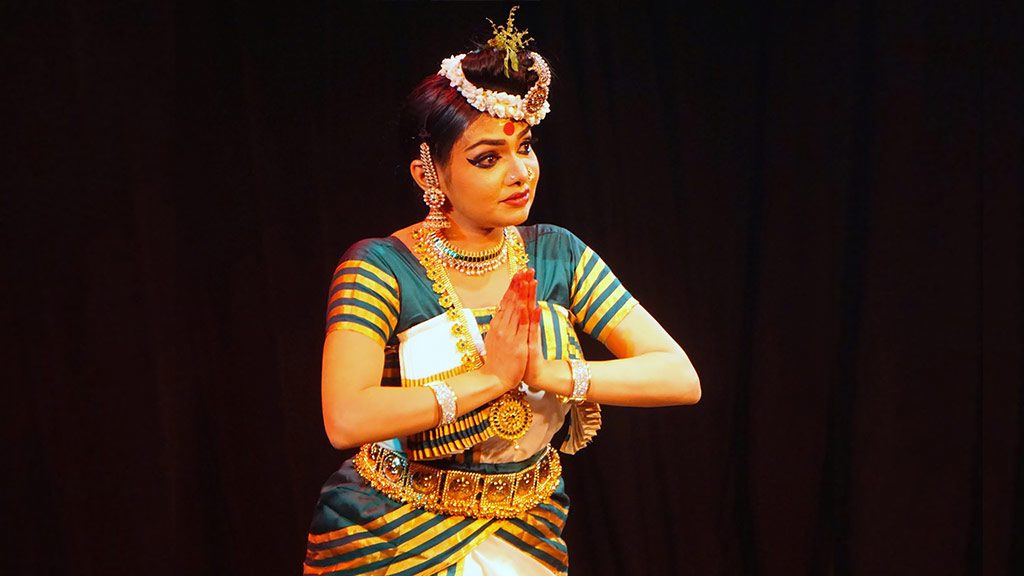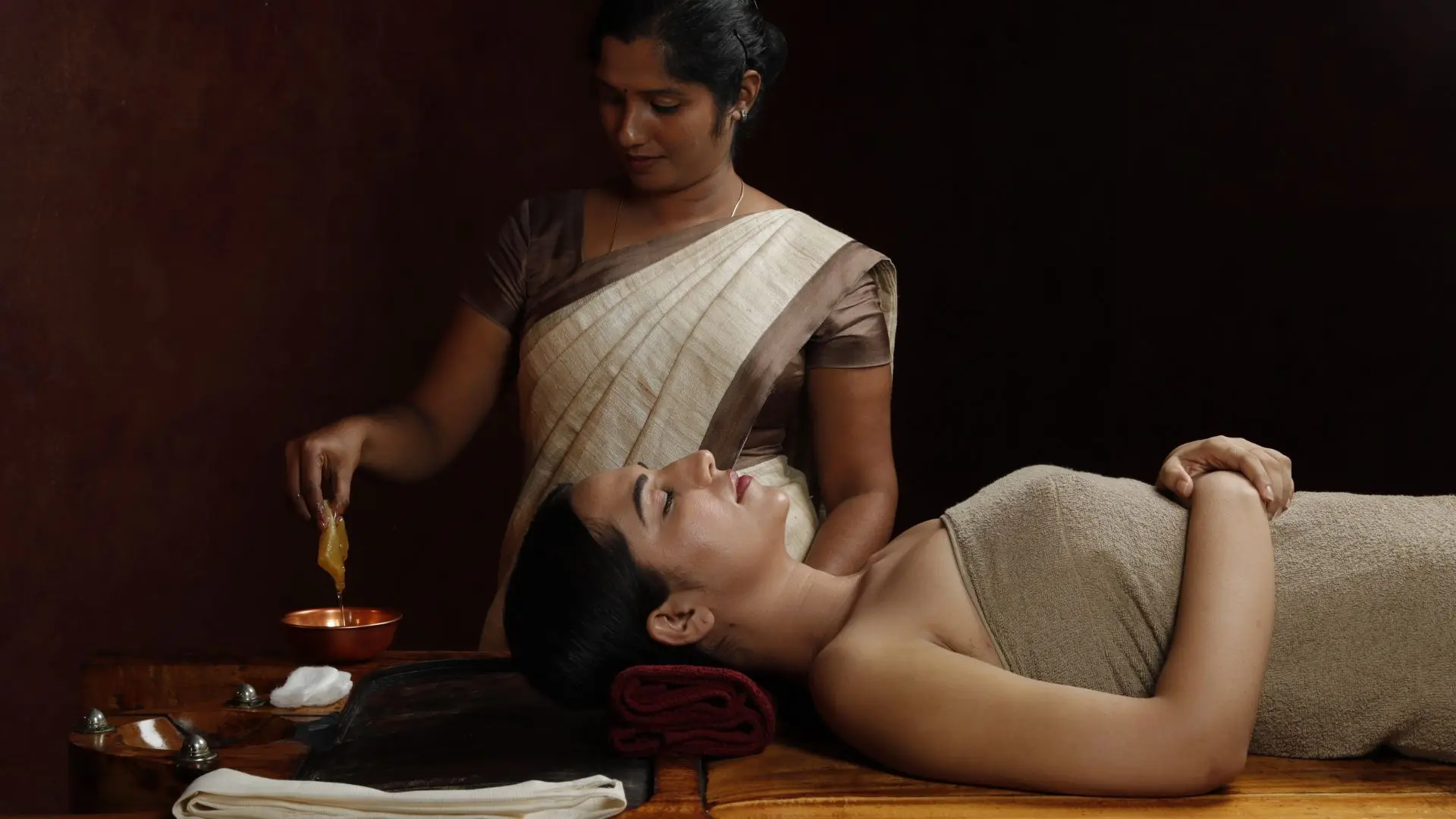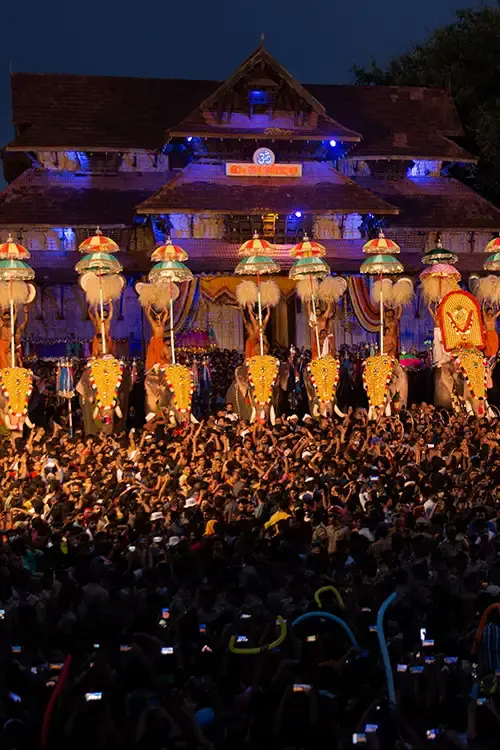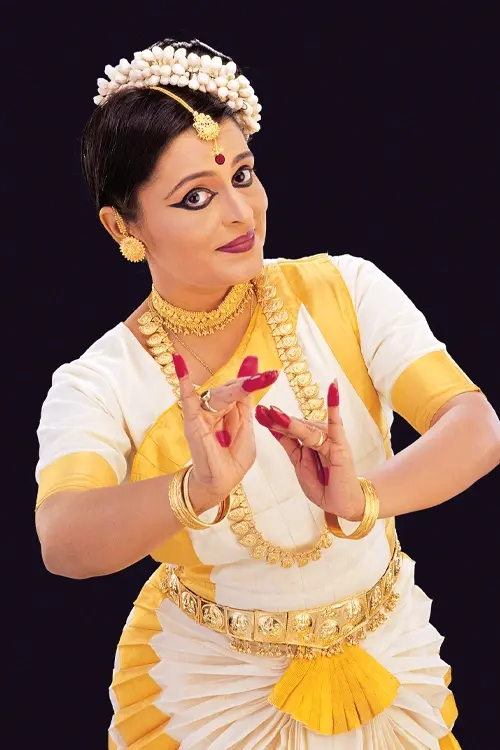Enchanting Kerala

Kerala Natanam
Merging music, vocal and instrumental, with classical dance moves and stylized acting, Kerala Natanam, a unique brand of dance popular in Kerala, offers a visual feast for all. This culturally-rooted distinct art form is believed to have evolved from the classical dance-drama, Kathakali.
Besides infusing elements of philosophy into poetry and depicting multiple emotions, Kerala Natanam embodies an amalgamation of nritha (dance), nrithya (dance with music and gestures), natya (drama), angika (body gestures), vaachika (verbal), aahaarya (costumes and make up), saatvika (of temperaments and involuntary status) abhinaya (acting), along with the thala mela (rhythm) of the traditional percussion instruments.
Guru Gopinath, the pioneer of Indian creative dance, conceptualised Kerala Natanam after his association with danseuse Ragini Devi. The idea was to create a dance form that would connect with the people more easily, unlike the classical form of Kathakali. Thus he created a new unique dance form which later came to be known as Kerala Natanam.
The essence and classicism of Kathakali can be seen in the use of padams set in the Carnatic style. But it uses costumes quite distinct from Kathakali, which makes it easier for the viewer to identify the character.
Usually, Kerala Natanam performances are done in three styles: Ekanga Nadanam (solo), Samgha Nadanam (group) and Nataka Nadanam (a dance drama). A distinct style in Kerala Natanam is the male-female pair dancing.
The essence of this art form is conveyed in its style and theme. Kerala Natanam focuses on themes outside mythology, epics and history.






